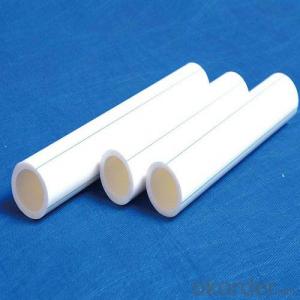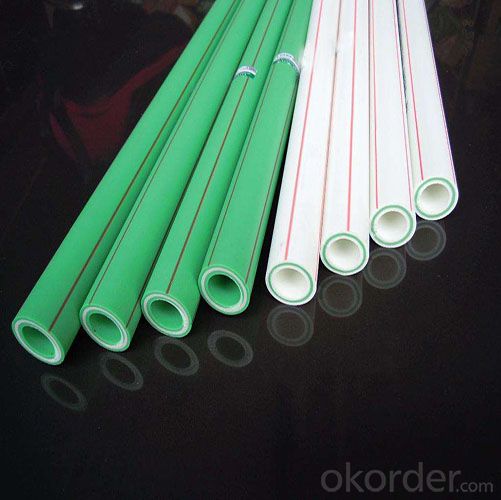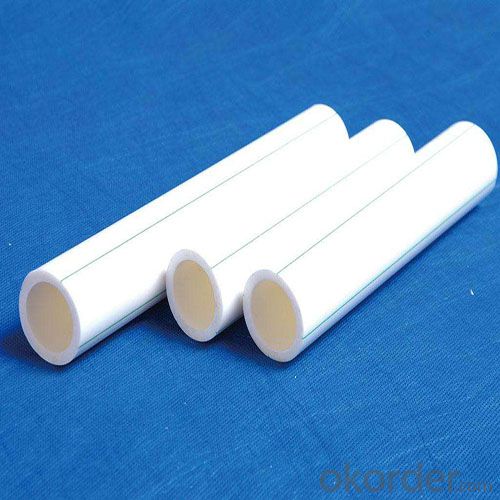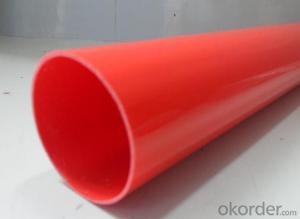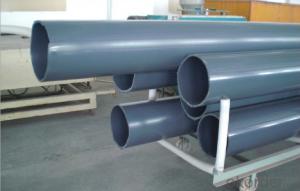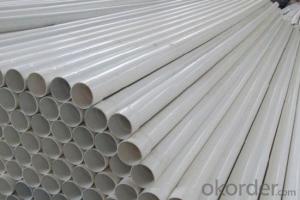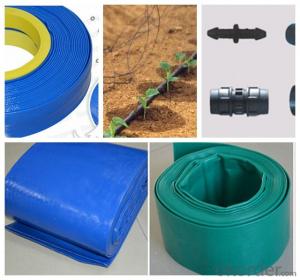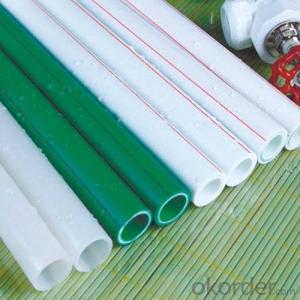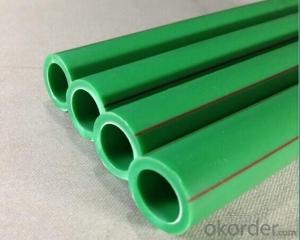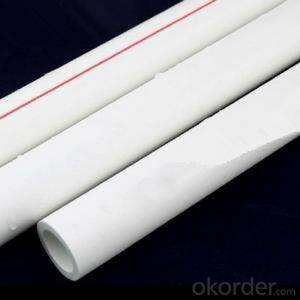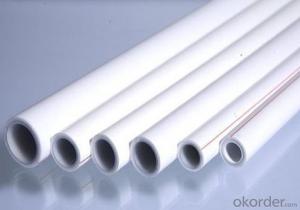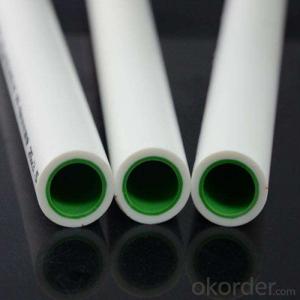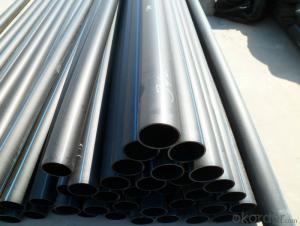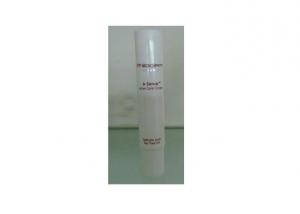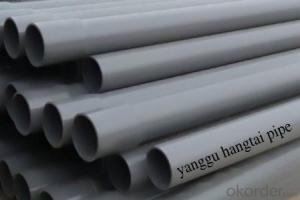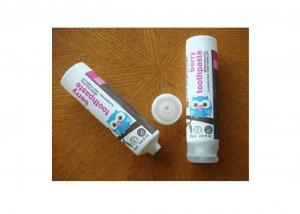High Quality Plastic Tubes for PPR Pipe Fitting in Irrigation and Drainage Systems
- Loading Port:
- Dalian
- Payment Terms:
- TT OR LC
- Min Order Qty:
- 1000 g/m²
- Supply Capability:
- 1000000 g/m²/month
OKorder Service Pledge
OKorder Financial Service
You Might Also Like
Product Overview
Place of Origin: Henan, China (Mainland)
Model Number: PE100
Material: PE
Specification: DN 20-mm~DN1200mm
Length: According to customer requirement
Thickness:SDR11/13.6/17
Standard: ISO
Color: many colors
Product name: Plastic Pipe
Application: house and garden
Usage: Family Decoration Industry
Certification: ISO Certificate
Feature: Lightweight
Size: Customized Size
Type: Round Pipe
Name: HDPE Plastic Pipe
Connection: Butt Fusion
Advantages
1)Light weight, convenient to transport and handle
2)High strength
3)less resistance
4)Corrosion resistance
5)Sound insulation
6)Easy to install
7)long lifespan
8)low cost
9)Recyclable: thereby benefiting the environment
10)OEM/ODM welcome standards
11)Reliable installation
Product Description
1.Material : | PPR |
2.Color: | White, Gray, Green, or as you required. |
3.Size: | 20-110mm |
4.Logo: | CMAX or Customized |
5.MOQ | 500pcs |
6.Samples Time: | (1) 4-5days-If you want to customize your logo. |
(2) 1day-For our existing samples for reference. | |
7.OEM Accepted | Yes |
8.Certification available: | Yes |
9.Packing Details: | Weaving Bag |
10.Production Capacity: | 5,000,000pcs Per month. |
11.Payment Term: | (1) L/C,T/T,D/P |
Product Show

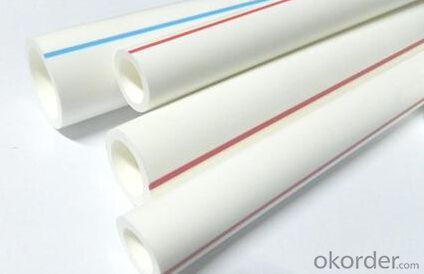
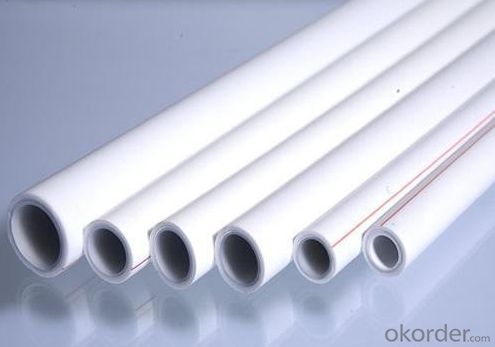
FAQ
Q1: How Can I Get A Sample?
A1: You can get samples by communicate with our export sales.
Q2: How Long Is Delivery?
A2: Delivery time will be30-45days according to order quantity.
Q3: What Is The MOQ?
A3: MOQ depends on different items.
Q4: What Is Our Normal Payments Terms?
A4: Our normal payment terms now is: T/T, L/C or western union, pay
- Q: How are plastic tubes tested for quality and safety?
- Plastic tubes are tested for quality and safety through various methods such as visual inspection, pressure testing, and material analysis. Visual inspection involves checking for any defects, imperfections, or inconsistencies in the tubes' appearance. Pressure testing is conducted to ensure the tubes can withstand the intended pressure without leaking or bursting. Material analysis involves examining the composition of the plastic to ensure it is safe and meets the required standards. These tests help ensure that the plastic tubes are of high quality and safe to use in their intended applications.
- Q: What is the level of rigidity of plastic tubes?
- The level of rigidity of plastic tubes can vary depending on the specific type and thickness of the plastic material used. Some plastic tubes can be relatively flexible, while others can be quite rigid and sturdy.
- Q: What is the minimum length of plastic tubes?
- The minimum length of plastic tubes can vary depending on the specific application and manufacturer. However, plastic tubes can typically be found in lengths as short as a few centimeters or even millimeters.
- Q: What is the maximum temperature plastic tubes can be exposed to without deforming?
- The maximum temperature at which plastic tubes can be exposed without deforming varies depending on the type of plastic used. Generally, most plastic tubes can withstand temperatures ranging from 100 to 150 degrees Celsius without deforming. However, it is crucial to consult the specific material's datasheet or manufacturer's guidelines for accurate information on its maximum temperature resistance.
- Q: Are plastic tubes suitable for underground applications?
- Yes, plastic tubes are suitable for underground applications. They are lightweight, corrosion-resistant, and have a high strength-to-weight ratio, making them ideal for underground piping systems. Additionally, plastic tubes are durable and can withstand various environmental conditions, including moisture, chemicals, and temperature fluctuations.
- Q: The ones I'm talking about are the ones with loose caps
- What they mean by sterile is that when they were produced they were either put under a UV light or place in a high temperature vat. So by the time they are place in the packaging they are sterile. When you open the package it is up to you to keep the environment that you are working in sterile. When the caps are tight, it should be an air tight seal lowering the change of contamination.
- Q: What are the main types of plastic pipe joints?
- Force transfer joint: it is a new product connected with pipe and pump and valve. Connect them by bolts to make them a whole and have a certain amount of displacement. This can be adjusted according to field size during installation and maintenance, and axial thrust can be transmitted to the whole pipe at work. This will not only improve efficiency, pumps and valves also play a certain role in the protection.
- Q: Can plastic tubes be used for insulation in construction?
- Yes, plastic tubes can be used for insulation in construction. Plastic tubes, such as PVC or PEX, are commonly used as insulation materials for plumbing and HVAC systems. They provide thermal insulation by preventing heat transfer and can also help reduce condensation and noise transmission. Plastic tubes are lightweight, flexible, and easy to install, making them a popular choice for insulating pipes and ducts in construction projects.
- Q: The iron pipe is rusty. How can the plastic pipe be connected?
- In addition to the external thread of plastic pipes also need to wrap anti Water Leakage tape to butt in the wire, and then tighten the external thread at the other end of the plastic pipe on the same around the anti Water Leakage tape, the last second of silk, finally in the external thread tap wrap tape and anti Water Leakage. The other end of the wire tightening, open sluice, test whether there is a Water Leakage place, if not, then you can use the
- Q: How are plastic tubes sealed for long-term storage?
- Plastic tubes are typically sealed for long-term storage using various methods such as heat sealing, adhesive sealing, or crimping. Heat sealing involves applying heat to melt the ends of the tube together, creating a secure seal. Adhesive sealing utilizes specialized adhesives to bond the tube ends together. Crimping involves using mechanical force to fold and secure the tube ends, ensuring a tight seal. These sealing methods help to maintain the integrity and prevent any contamination or leakage during long-term storage.
Send your message to us
High Quality Plastic Tubes for PPR Pipe Fitting in Irrigation and Drainage Systems
- Loading Port:
- Dalian
- Payment Terms:
- TT OR LC
- Min Order Qty:
- 1000 g/m²
- Supply Capability:
- 1000000 g/m²/month
OKorder Service Pledge
OKorder Financial Service
Similar products
Hot products
Hot Searches
Related keywords

